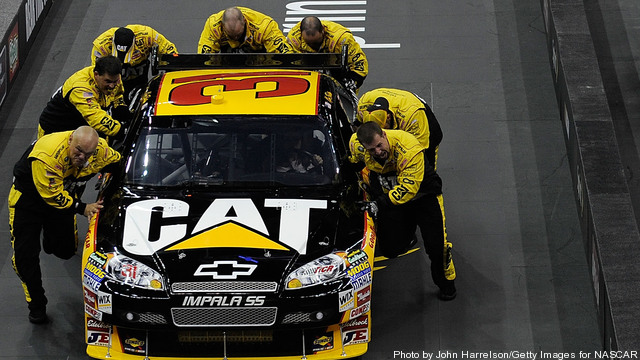
Mass transit use jumped 5% in the first quarter of 2012, as high gas prices and a rebounding economy put more people on the bus and train. Over 2.65 billion trips were made using trains, buses, ferries or street cars in the first quarter of 2012, according to the American Public Transportation Association. That’s up from 2.5 billion trips in the same period last year. The increase was one of the largest quarterly jumps on record, and comes on the heels of a 2011 ridership rate that was the second highest since 1957 — when widespread use of the car and suburbanization began to turn many people away from mass transit. Of course, high gasoline prices were a defining theme at the start of 2012. Gas rose to nearly $4 a gallon — its highest level ever for that time of year — as an expanding economy and fears over Iran drove up the price of oil.










